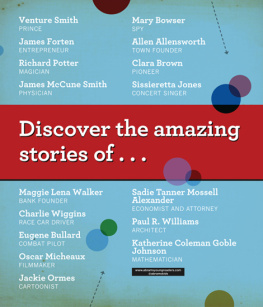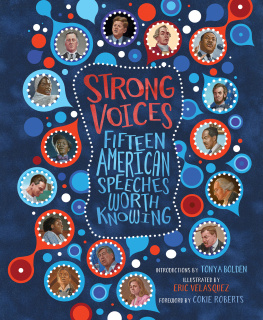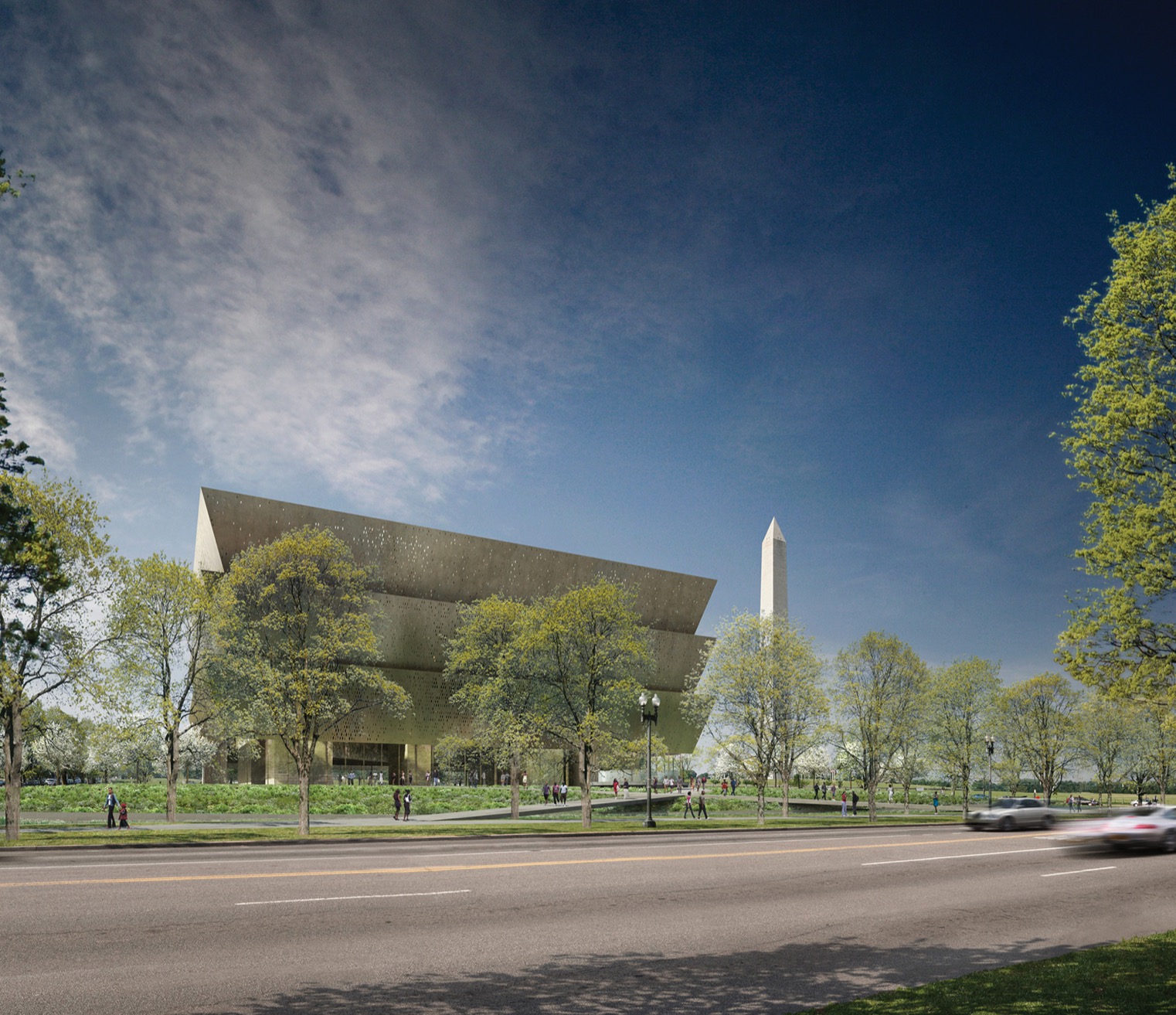Tonya Bolden - How to Build a Museum: Smithsonian’s National Museum of African American History and Culture
Here you can read online Tonya Bolden - How to Build a Museum: Smithsonian’s National Museum of African American History and Culture full text of the book (entire story) in english for free. Download pdf and epub, get meaning, cover and reviews about this ebook. year: 2016, publisher: Viking, Smithsonian, genre: Politics. Description of the work, (preface) as well as reviews are available. Best literature library LitArk.com created for fans of good reading and offers a wide selection of genres:
Romance novel
Science fiction
Adventure
Detective
Science
History
Home and family
Prose
Art
Politics
Computer
Non-fiction
Religion
Business
Children
Humor
Choose a favorite category and find really read worthwhile books. Enjoy immersion in the world of imagination, feel the emotions of the characters or learn something new for yourself, make an fascinating discovery.
- Book:How to Build a Museum: Smithsonian’s National Museum of African American History and Culture
- Author:
- Publisher:Viking, Smithsonian
- Genre:
- Year:2016
- Rating:3 / 5
- Favourites:Add to favourites
- Your mark:
How to Build a Museum: Smithsonian’s National Museum of African American History and Culture: summary, description and annotation
We offer to read an annotation, description, summary or preface (depends on what the author of the book "How to Build a Museum: Smithsonian’s National Museum of African American History and Culture" wrote himself). If you haven't found the necessary information about the book — write in the comments, we will try to find it.
Smithsonians National Museum of African American History and Culture is truly groundbreaking!
The first national museum whose mission is to illuminate for all people, the rich, diverse, complicated, and important experiences and contributions of African Americans in America is opening.
And the history of NMAAHC--the last museum to be built on the National Mall--is the history of America.
The campaign to set up a museum honoring black citizens is nearly 100 years old; building the museum itelf and assembling its incredibly far-reaching collections is a modern story that involves all kinds of people, from educators and activists, to politicians, architects, curators, construction workers, and ordinary Americans who donated cherished belongings to be included in NMAAHCs thematically-organized exhibits.
Award-winning author Tonya Bolden has written a fascinating chronicle of how all of these ideas, ambitions, and actual objects came together in one incredible museum. Includes behind-the-scenes photos of literally how to build a museum that holds everything from an entire segregated railroad car to a tiny West African amulet worn to ward off slave traders.
Tonya Bolden: author's other books
Who wrote How to Build a Museum: Smithsonian’s National Museum of African American History and Culture? Find out the surname, the name of the author of the book and a list of all author's works by series.























